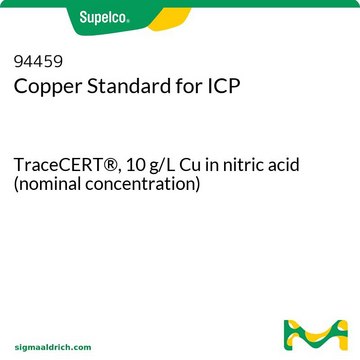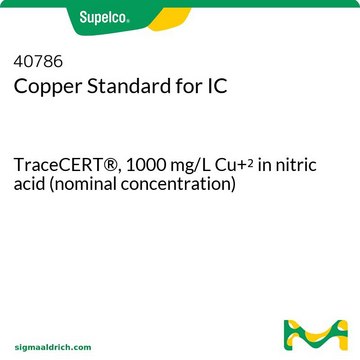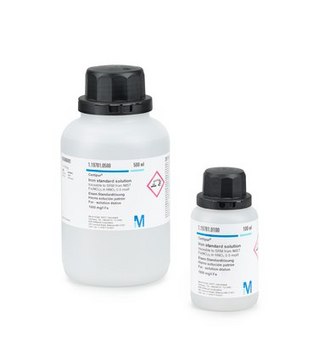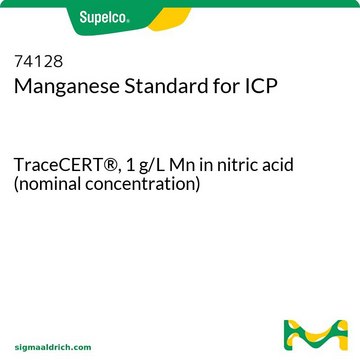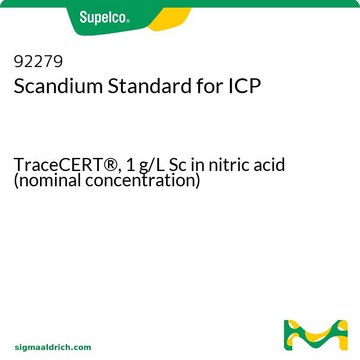39890
N,N-Dimethylcasein
BioReagent, suitable as Substrate for Proteolytic Enzymes
Synonym(s):
N,N-Dimethylated casein
Sign Into View Organizational & Contract Pricing
About This Item
Product 39890 is not currently sold in your country. Contact Technical Service
Recommended Products
Product Name
N,N-Dimethylcasein, BioReagent, for spectrophotometric det. of enzyme activity
product line
BioReagent
Quality Level
quality
for spectrophotometric det. of enzyme activity
solubility
water: 1.0 mg/mL, clear, colorless
λ
0.1 % in H2O (TBS test)
UV absorption
λ: 340 nm Amax: ≤0.08
storage temp.
2-8°C
Storage Class Code
11 - Combustible Solids
WGK
WGK 3
Flash Point(F)
Not applicable
Flash Point(C)
Not applicable
Personal Protective Equipment
dust mask type N95 (US), Eyeshields, Gloves
Choose from one of the most recent versions:
Already Own This Product?
Find documentation for the products that you have recently purchased in the Document Library.
Customers Also Viewed
Dmitry Ter-Ovanesyan et al.
eLife, 10 (2021-11-17)
Extracellular vesicles (EVs) are released by all cells into biofluids and hold great promise as reservoirs of disease biomarkers. One of the main challenges in studying EVs is a lack of methods to quantify EVs that are sensitive enough and
Anna Lischnig et al.
Molecular & cellular proteomics : MCP, 21(9), 100273-100273 (2022-08-03)
There is a long-held consensus that several proteins are unique to small extracellular vesicles (EVs), such as exosomes. However, recent studies have shown that several of these markers can also be present in other subpopulations of EVs to a similar
Olivia Ruhen et al.
Biomedicines, 9(1) (2020-12-31)
There is increasing recognition of circulating tumour DNA (ctDNA) as a non-invasive alternative to tumour tissue for the molecular characterisation and monitoring of disease. Recent evidence suggests that cancer-associated changes can also be detected in the DNA contained within extracellular
Stimulus-response coupling in human platelets activated by monoclonal antibodies to the CD9 antigen, a 24 kDa surface-membrane glycoprotein.
Carroll, R C, et al.
The Biochemical Journal, 266, 527-535 (1990)
Julia Dancourt et al.
Scientific reports, 13(1), 1086-1086 (2023-01-20)
Extracellular vesicles (EVs) are biological vehicles that are thought to mediate cell-cell communication via the transfer of biomolecules from donor to acceptor cells. Repurposing those natural vesicles into therapeutics delivery vectors is a high priority challenge for translational science. Here
Our team of scientists has experience in all areas of research including Life Science, Material Science, Chemical Synthesis, Chromatography, Analytical and many others.
Contact Technical Service


